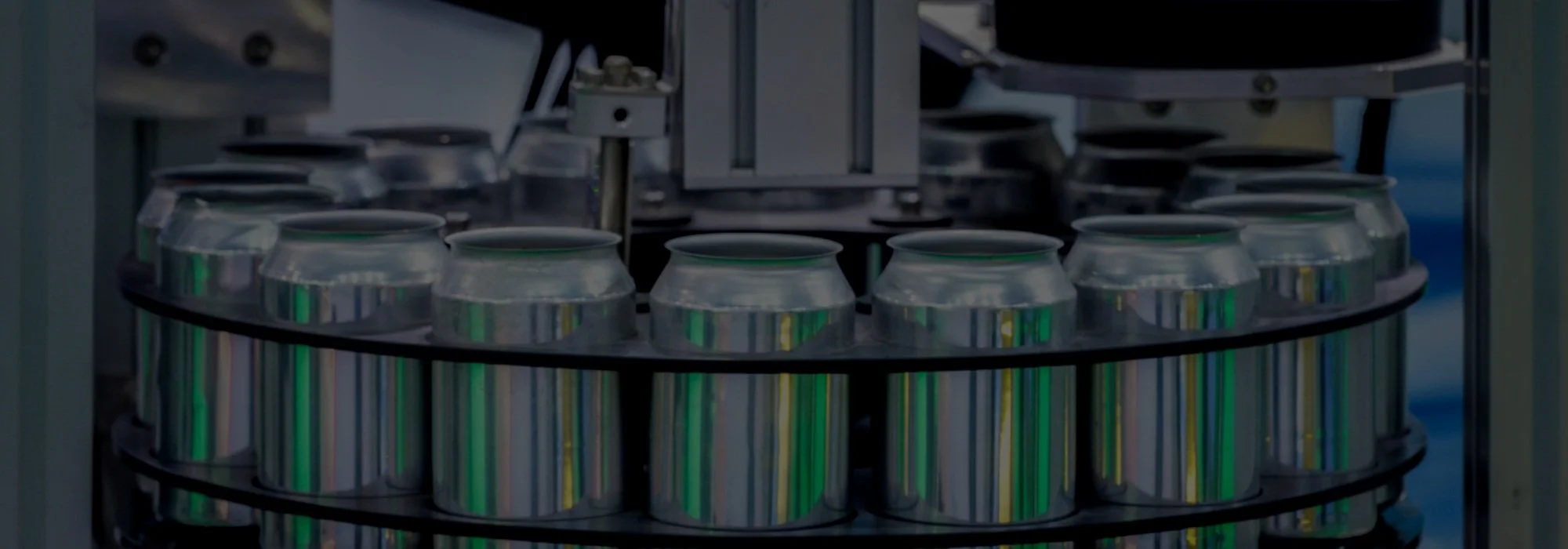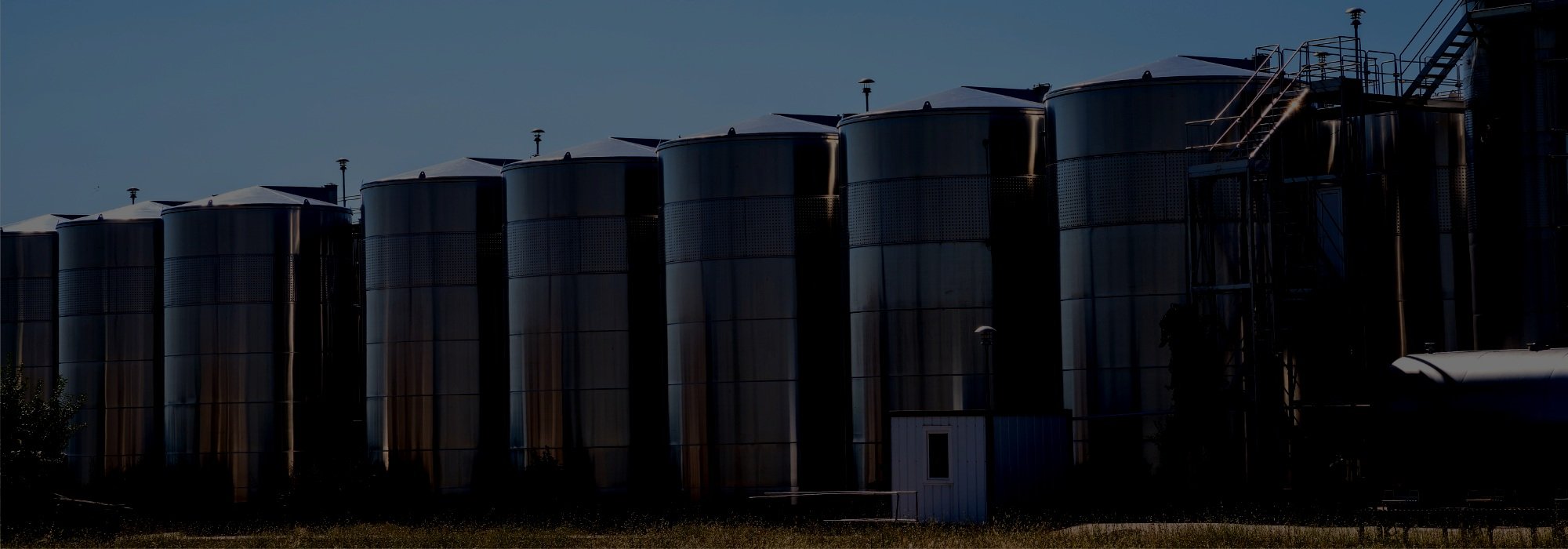
Food and Beverage
In the food and beverage industry, valve performance is critical for maintaining hygiene, safety, and efficiency.
We specialise in repairing, refurbishing, and pressure testing process control valves to meet strict hygiene and regulatory requirements.
Common Valve Issues in the Food & Beverage Industry – Challenges We Solve Every Day
Valves play a critical role in the hygienic processing and flow control of ingredients and cleaning fluids in the food and beverage industry. From the initial stages of production to final packaging, valve performance directly affects product quality, hygiene standards, and operational efficiency. At Valve Repair, we understand the strict compliance requirements and delicate nature of working within food-safe environments, which is why we provide precision repair and maintenance for all valve-related issues.
Below are the most common valve problems we help solve in food and beverage facilities — along with how we restore performance, protect your product, and keep your production lines running:

Seal Failures Causing Contamination Risks
In hygienic processing, seals are the first line of defence against contamination. Over time, valve seals made from elastomers such as EPDM, silicone, or PTFE can degrade due to:
Frequent thermal cycling (e.g. hot fill followed by cold flush)
Aggressive CIP/SIP cleaning agents
Mechanical wear from constant opening/closing
When seals fail, product can leak past the sealing surfaces, or worse — external contaminants can enter the line, risking batch rejection or product recalls.
How We Help:
We conduct complete valve disassembly and inspection, replacing worn or damaged seals with FDA- and EU-compliant food-grade materials. We also check for improper installation or chemical incompatibility and recommend the most suitable sealing solution to extend service life.
Full Compliance Testing – Relief and safety valves tested and certified to industry standards.
/
Full Compliance Testing – Relief and safety valves tested and certified to industry standards. /

Corrosion from High-Temperature Steam Cleaning Processes
CIP (Clean-in-Place) and SIP (Sterilise-in-Place) procedures are essential in the food and beverage industry but expose valves to high temperatures, harsh chemicals, and moisture, all of which can lead to internal or external corrosion — particularly in valve stems, seats, and fasteners.
Corroded valves may:
Fail to close properly
Cause particulate contamination
Develop stress cracks over time
How We Help:
We restore valves using electropolishing, stainless steel reconditioning, and passivation to restore hygienic surfaces. For heavily corroded components, we fabricate and install like-for-like replacements in 316L or other corrosion-resistant alloys, extending the usable life of your valve.
Full Compliance Testing – Relief and safety valves tested and certified to industry standards.
/
Full Compliance Testing – Relief and safety valves tested and certified to industry standards. /

Actuator Malfunctions Affecting Automated Production Lines
Modern food and beverage plants rely on automated valve operation for everything from batching and mixing to clean-in-place sequences. If a pneumatic or electric actuator fails, it can cause:
Process interruptions
Product waste due to incorrect flow routing
Safety system breakdowns during cleaning or shutdowns
Failures are often due to:
Air supply issues
Sensor misalignment
Internal wear or moisture ingress
How We Help:
We provide complete actuator diagnostics, including stroke testing, solenoid function checks, and signal loop verification. Faulty actuators are stripped, cleaned, and rebuilt with new seals and components. We also offer upgrade options for more durable or food-saxfe actuator models.
Full Compliance Testing – Relief and safety valves tested and certified to industry standards.
/
Full Compliance Testing – Relief and safety valves tested and certified to industry standards. /

Leaks and Blockages Disrupting Ingredient Flow
Leaks in valve bodies or connections can lead to ingredient loss, hygiene hazards, and floor contamination. Meanwhile, blockages from solid residues or sticky products like sauces, syrups, or yeast can interfere with consistent flow — especially in butterfly or diaphragm valves.
These issues are particularly common during:
Changeovers between product types
CIP cycles that don’t fully flush the line
Infrequent maintenance or valve cycling

